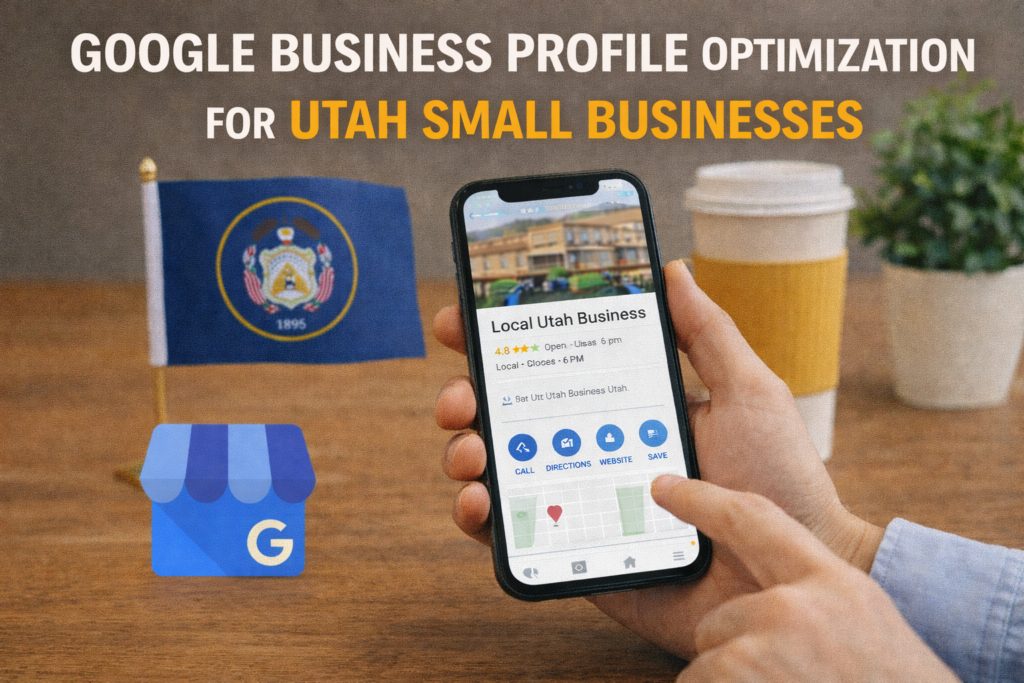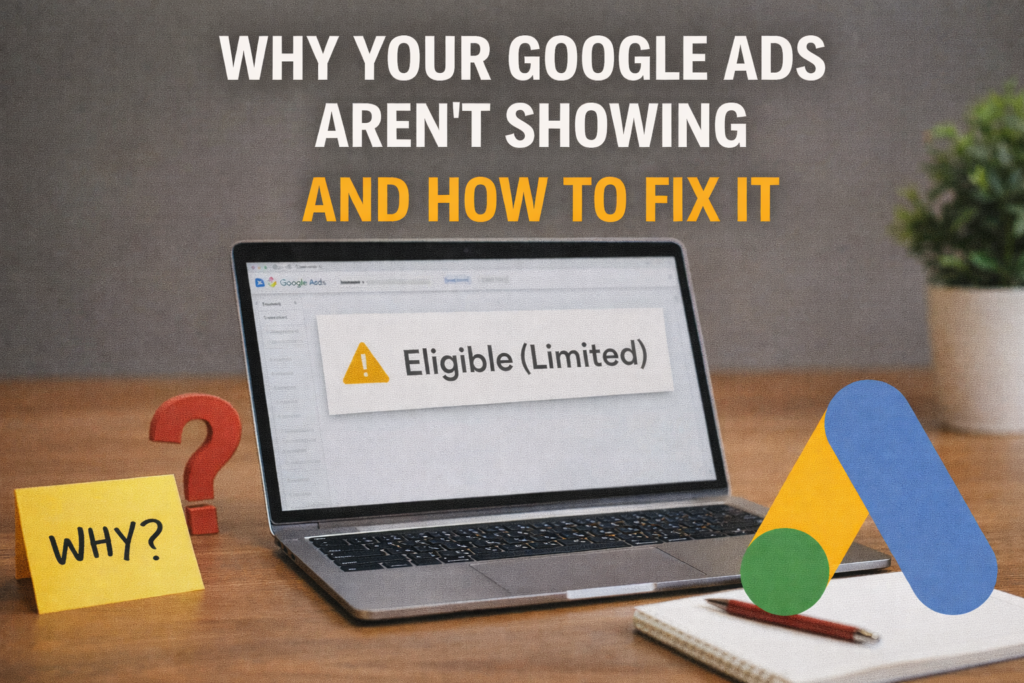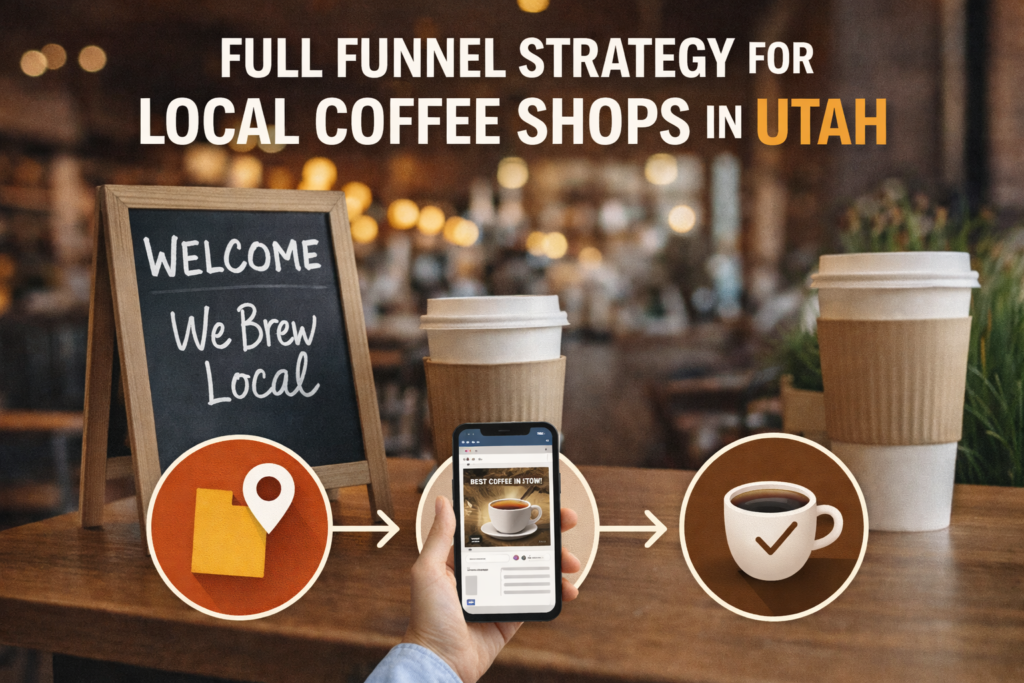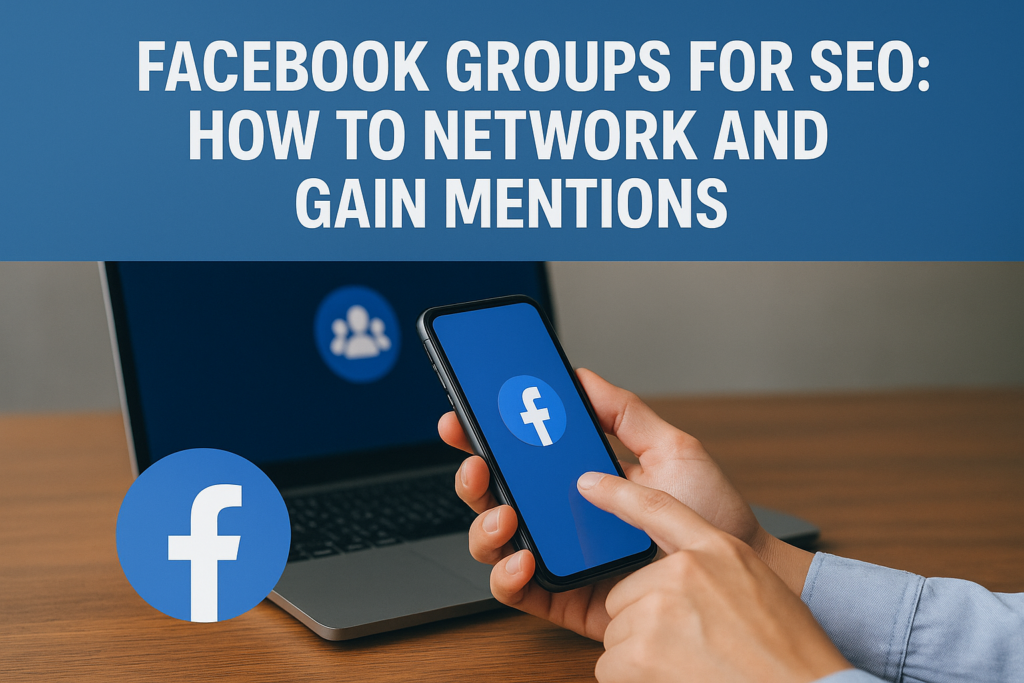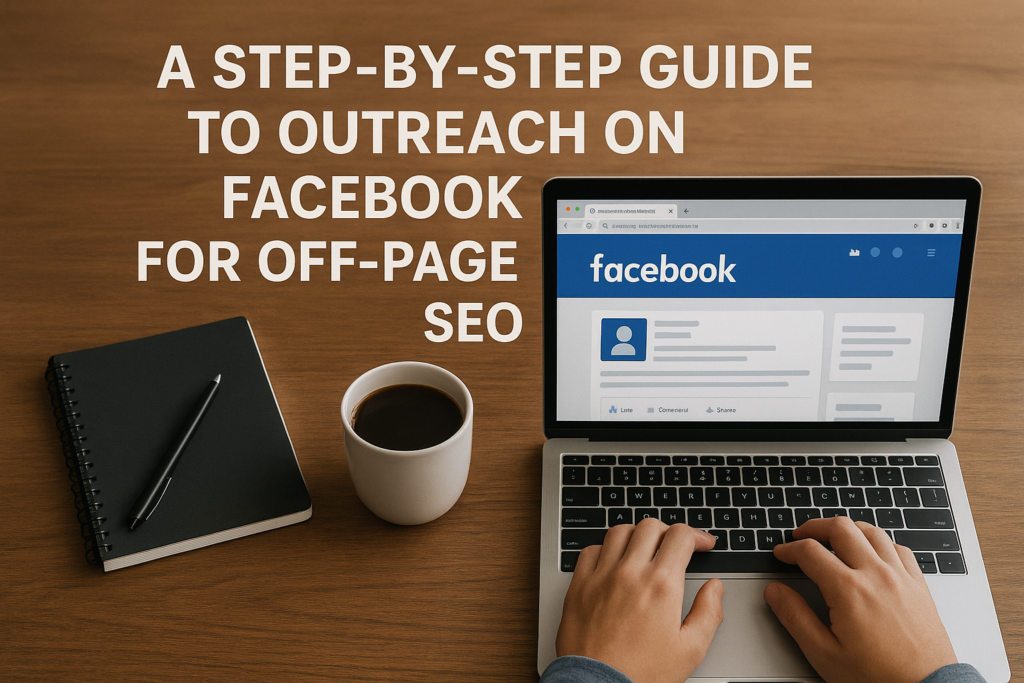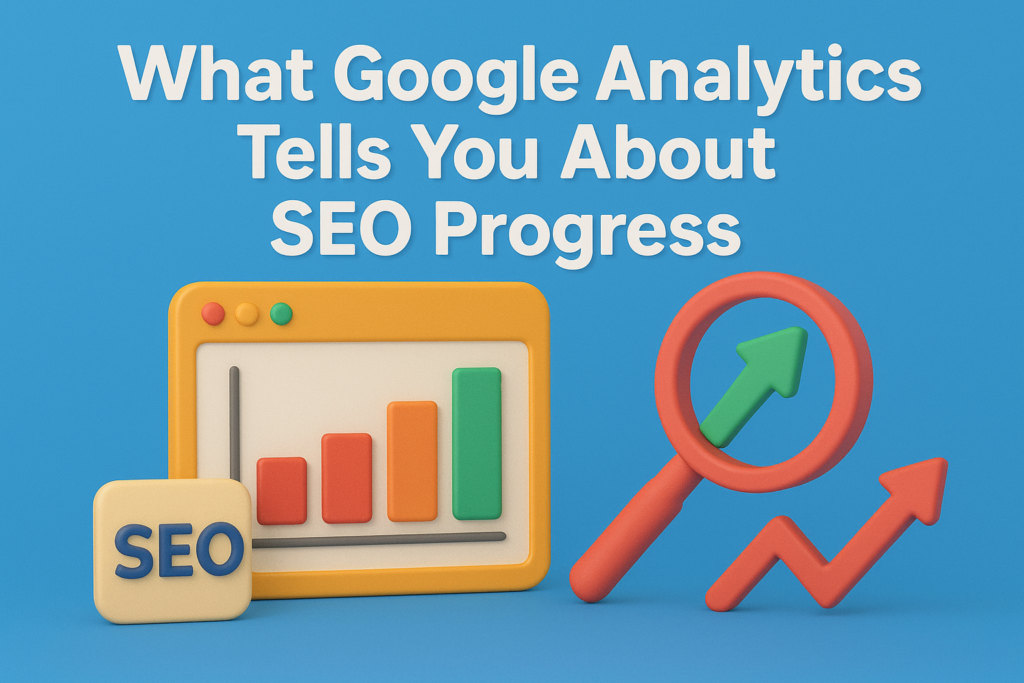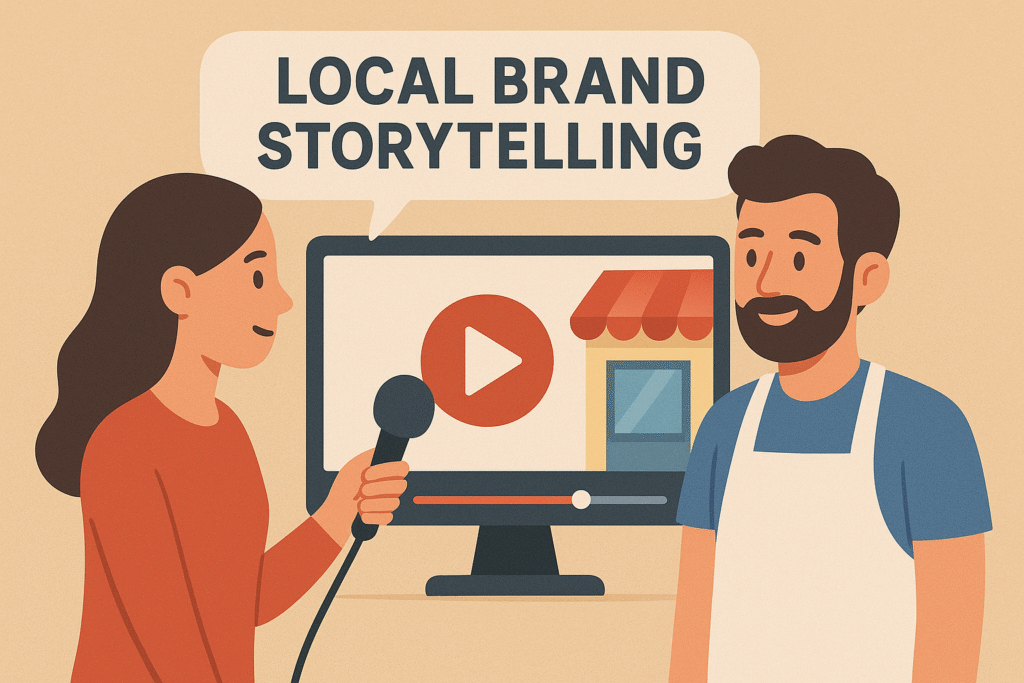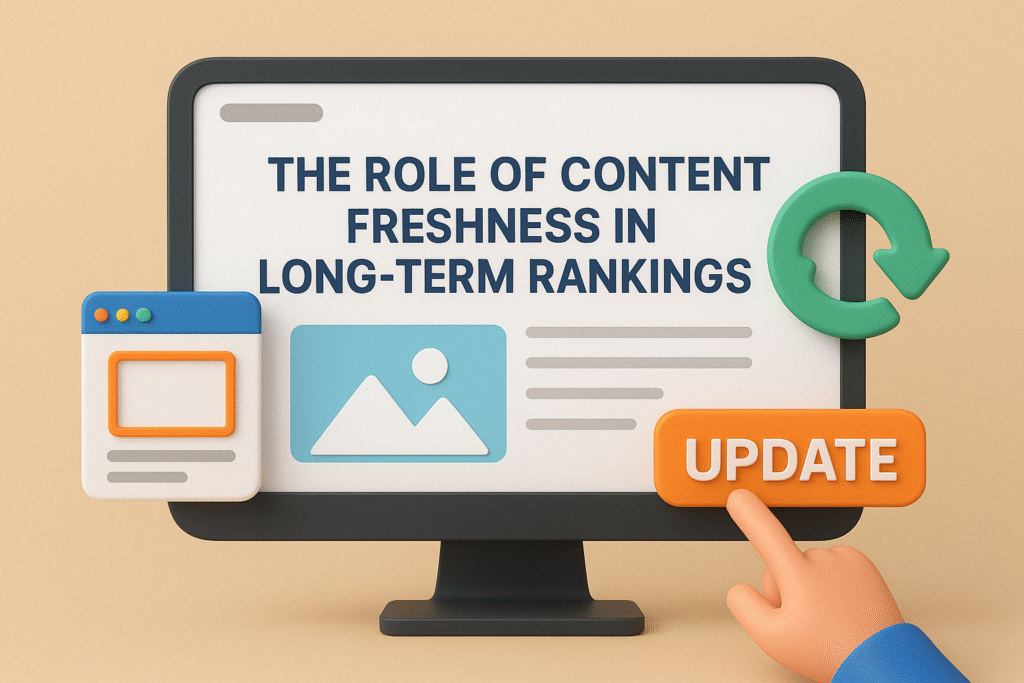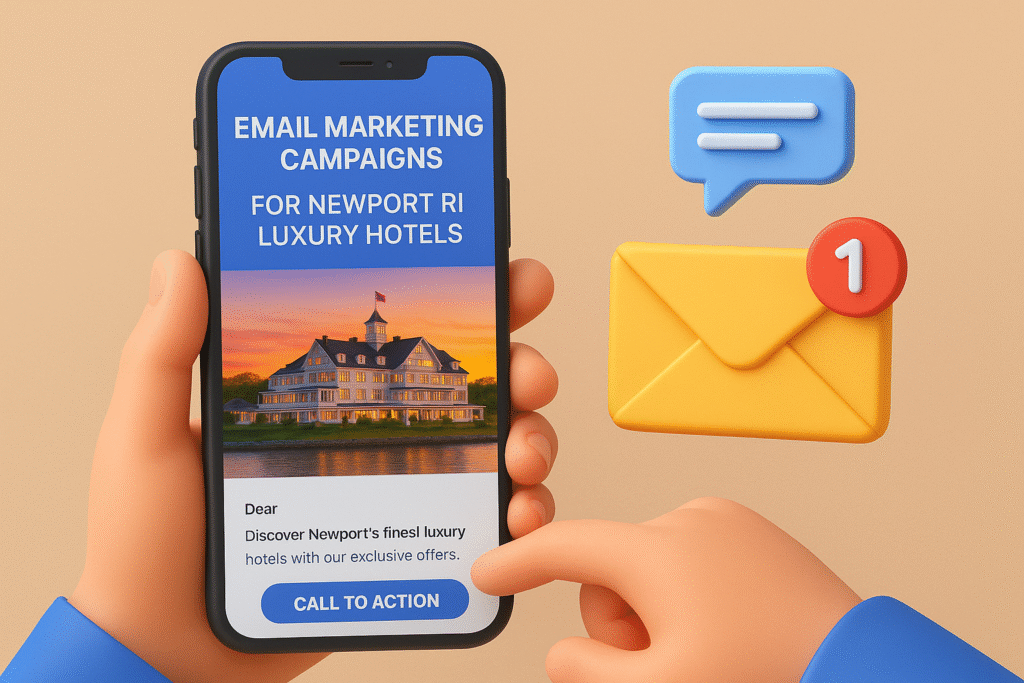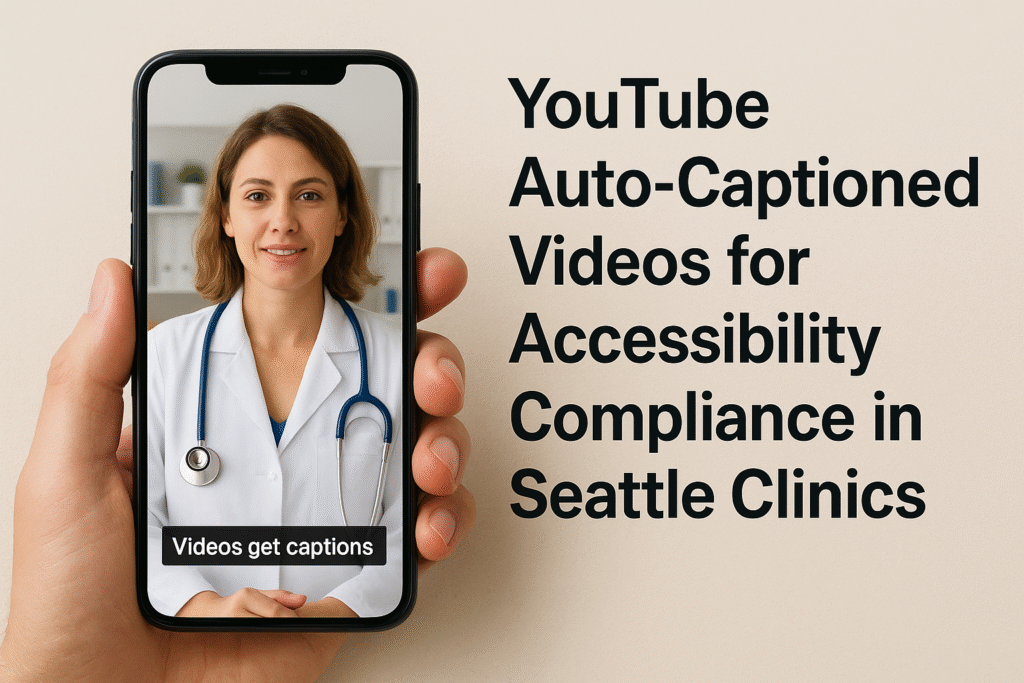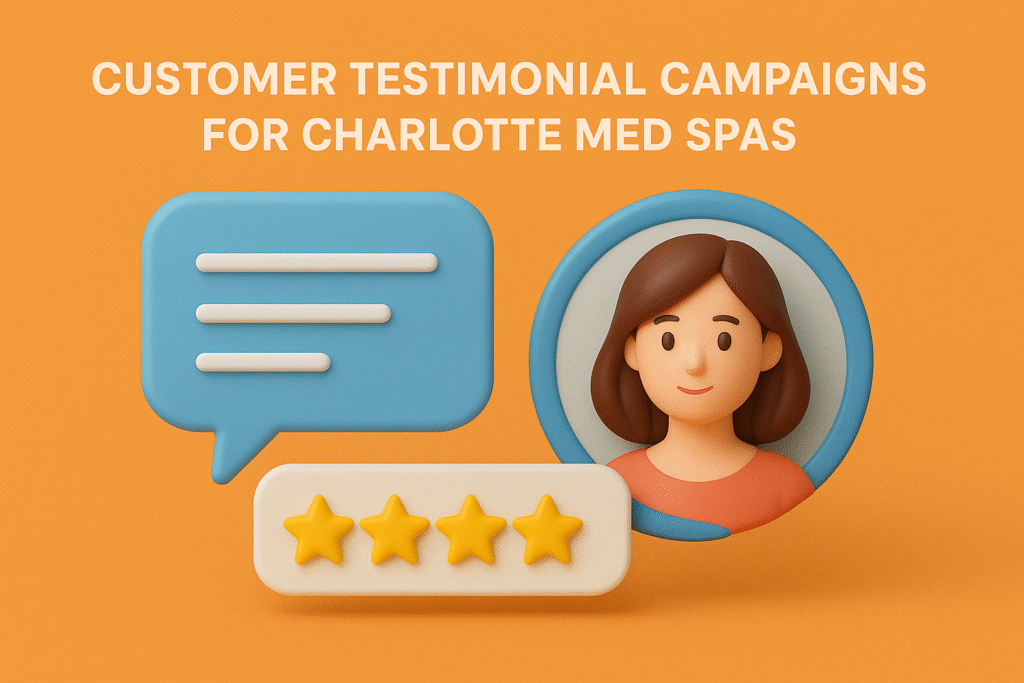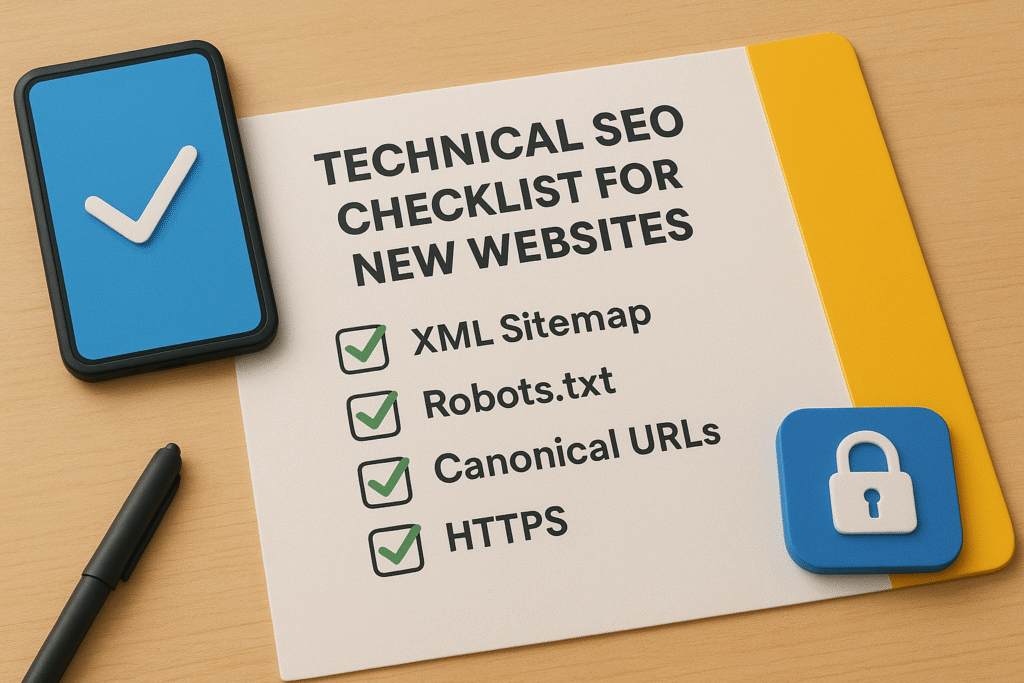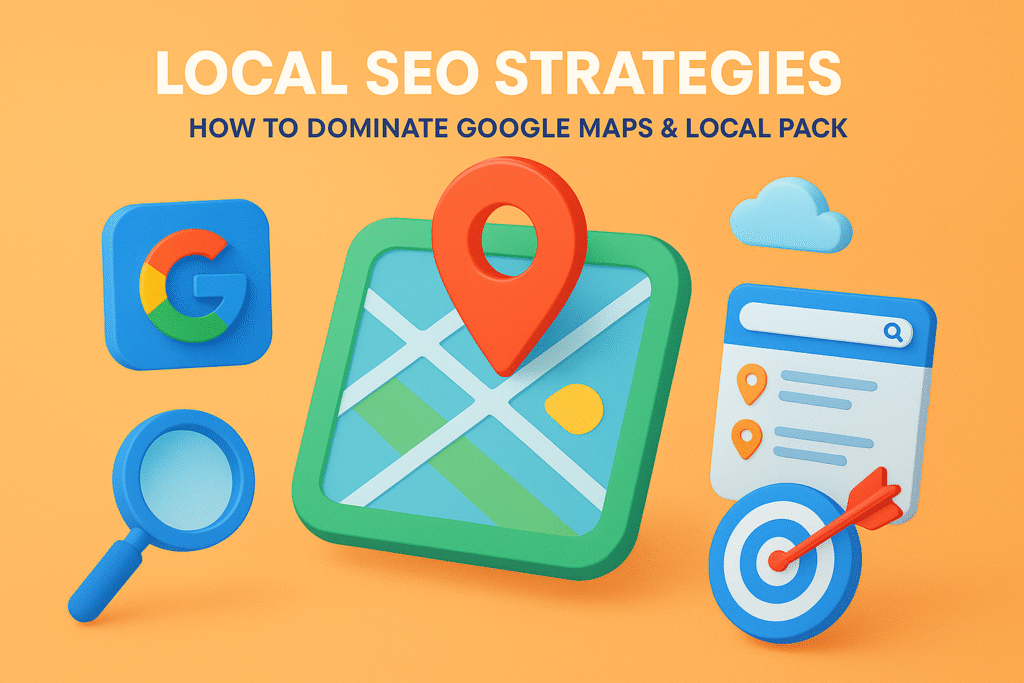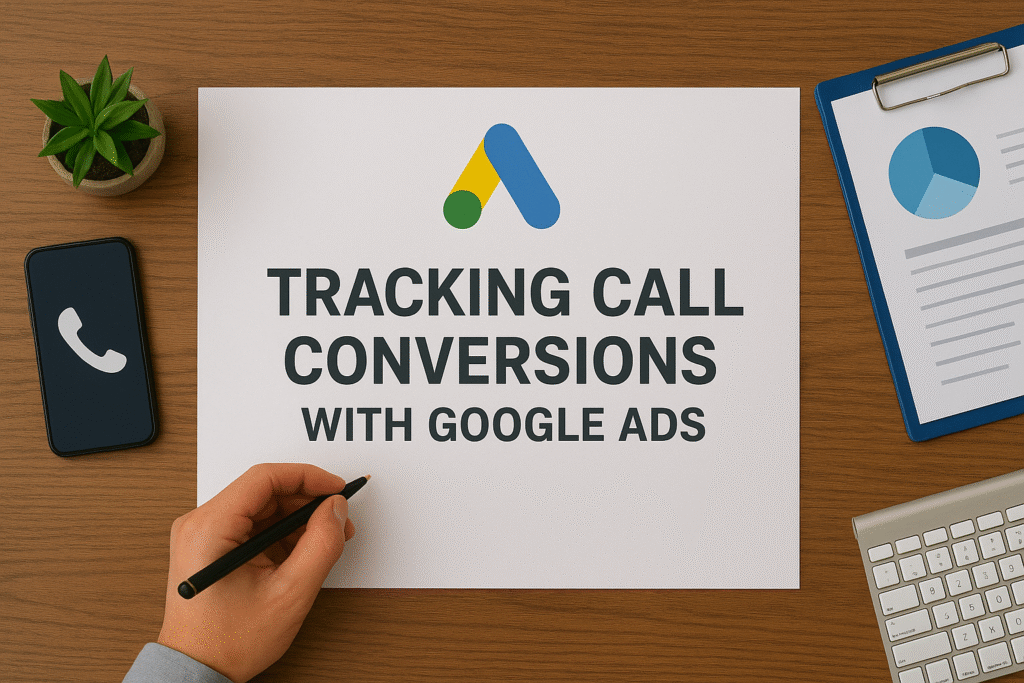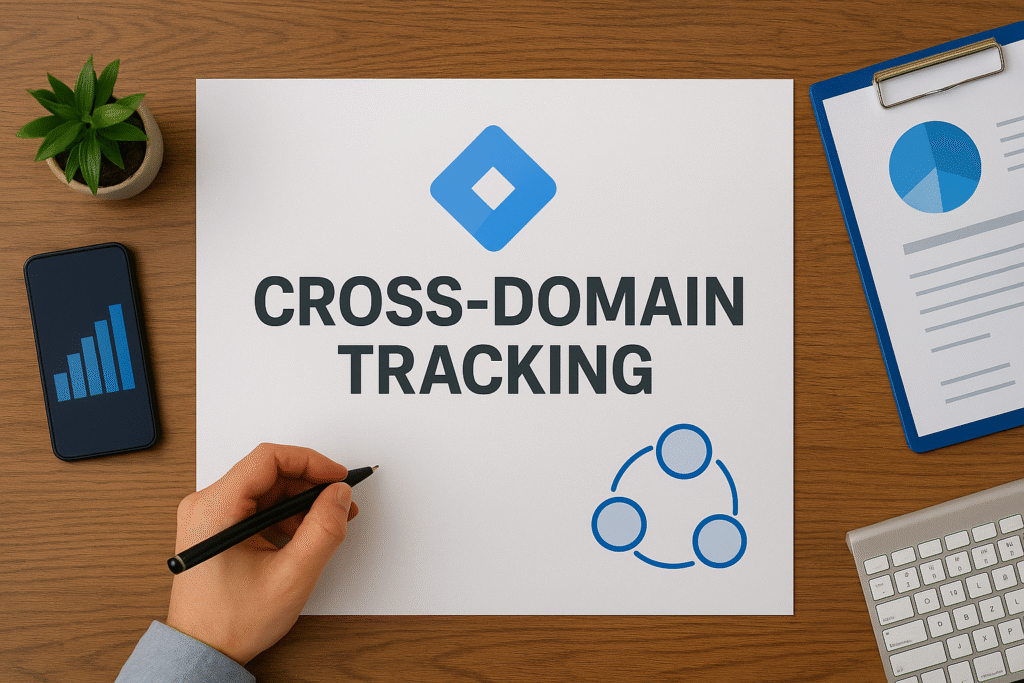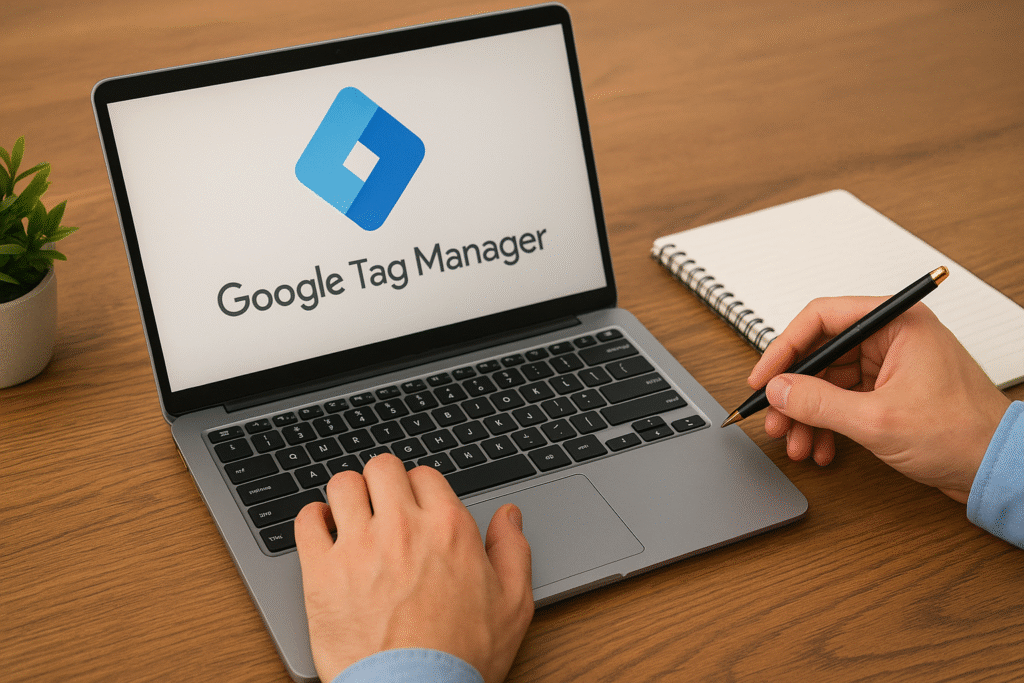As someone deeply involved in SEO and digital strategy, I’ve explored countless backlink techniques, but one platform I’ve found surprisingly underutilized for quality link-building is LinkedIn. Today, I want to walk you through how I use LinkedIn for high-quality backlinks, not by spamming people or sharing random posts—but through meaningful connections, expert outreach, and strategic collaborations that lead to long-term authority.
Backlinks still remain one of the strongest signals in Google’s ranking algorithm. But getting the right backlinks—those from reputable, relevant, and authoritative domains—is where most SEO campaigns hit a wall. That’s where LinkedIn has opened new doors for me.
Why LinkedIn for Link Building?
Let me clarify—LinkedIn isn’t just a job search site. It’s a B2B powerhouse with over 1 billion users globally and nearly 65 million decision-makers. And unlike other platforms, the conversations here are inherently professional, giving us a unique opportunity to build trust and create collaborations that translate into backlinks.
I’ve used LinkedIn for high-quality backlinks by building relationships with content marketers, SEOs, startup founders, and niche experts. These relationships eventually led to guest post opportunities, interview requests, and collaborative blog articles—all with backlinks pointing to my own or my client’s content.
Step-by-Step: How I Do It
1. Identify the Right Experts and Content Creators
Start by searching for individuals who actively write blogs, run newsletters, or manage content-heavy websites. I use filters like “Content Strategist,” “SEO Manager,” and “Digital Marketing Lead.” Once I find them, I don’t immediately pitch. I engage.
React to their posts, drop valuable comments, and sometimes even reference their work in my own blogs. This builds awareness. Over time, they start noticing me—not as a link-builder, but as someone who brings value.
I use LinkedIn Sales Navigator for better filtering when I want to get granular with my search criteria.
2. Reach Out with a Collaboration Proposal
Once a rapport is built, I send a short message. Here’s my format:
“Hey [Name], I’m writing a piece on [Topic] for my site and wanted to include insights from experts in the field. Would love to feature a short quote from you. Happy to link back to your blog or LinkedIn profile.”
This works far better than a cold pitch for backlinks. It’s an ego-boosting opportunity for them and a high-authority link for me. Most people say yes.
3. Publish the Article and Ask Them to Reshare
After including their quote and linking back to them, I tag them when I publish the article and send a follow-up message like:
“Just published the article. Really appreciate your contribution! Here’s the link. If you’d like to reshare or even reference it in your next piece, feel free!”
Many times, they do. They mention it in their blog, share it in their newsletter. They repost it on their website. That’s when the backlink opportunities multiply.
💡 Pro Tip: Always make sure your blog content is strong enough to be worth linking to. Thin or self-promotional content kills the chances of someone resharing or linking.
4. Syndicate and Multiply Visibility
I don’t stop at one backlink. I repurpose the content into a LinkedIn article, a slide deck (on SlideShare), or a short video snippet. This extends visibility and drives more traffic to the blog—boosting its chances of naturally earning backlinks.
Sometimes, I also share the content in relevant LinkedIn Groups—particularly SEO and marketing groups—to bring it in front of more professionals who can link back to it or invite me to contribute to their sites.
5. Keep the Relationship Going
One backlink is good. But an ongoing relationship with content contributors can result in multiple backlinks over time. I maintain a Notion database of contacts I’ve collaborated with, what topics they write about, and when I last connected with them.
When I publish a new relevant article, I tag them or quote them again. This keeps the relationship fresh and my content circulating within their networks.
Tools I Use
- LinkedIn Sales Navigator: For precise prospecting.
- Hunter.io: To find email addresses of experts who are less active on LinkedIn.
- BuzzSumo: To discover trending content and active contributors in any niche.
- Grammarly: To keep my messages and outreach crisp and error-free.
- Notion: For organizing contacts and outreach history.
Every one of these tools makes my outreach more intentional and trackable.
Real Results from This Strategy
Let me share a recent result. I reached out to a SaaS marketing consultant on LinkedIn and asked her for a quote on an article about content automation. She responded positively. I included her insights and published the piece. She ended up linking to the article in her upcoming Medium blog, and her team added it to their company newsletter. That gave me two backlinks—and a direct spike in referral traffic.
Multiply this by 10 experts and you’ve got a solid backlink profile built purely through social engagement.
Why This Works
This works because it aligns with what Google wants: genuine, editorially placed backlinks from relevant, authoritative sites. No black hat tricks. No spammy outreach. Just human connection and collaborative content.
And LinkedIn is the best social channel to make that happen. It’s not noisy like Twitter (now X), and it’s not overly casual like Facebook. The intent here is professional, making it a goldmine for SEO networking.
Final Thoughts
If you’ve been ignoring LinkedIn in your SEO strategy, now’s the time to revisit it. I’ve used LinkedIn for high-quality backlinks consistently by offering value first, collaborating with experts, and sharing strong content that others want to reference. It’s scalable, white-hat, and builds not just backlinks—but a brand presence that lasts.
If you want to see how I structure this kind of outreach and build powerful backlinks using social media, read this case study on my off-page SEO strategy or check out my upcoming SEO playbook blog.



